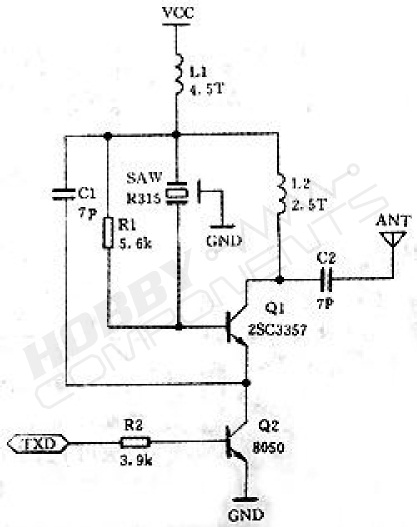I eventually found this out ! preamble ,I start a TX (8,n,1) with H'00 ( as inverted this turns on carrier ) next 3 bytes H'AA 55 and XX xx is Receiver ID ( has to match ), then 20 odd bytes data , includes : Time stamp, period (mins) till next TX,( allows receiver power down mode ) sum check and message number . was in .asm but now 'C'
I am using possibly older ASK version.
https://uk.farnell.com/aurel/rtx-mid-5v/rf-mod-txrx-ask-5v-433-92mhz/dp/1699469?mckv=sfCfGbbcw|pcrid|39066298328|kword| aurel rtx mid 5v|match|b|plid|&CMP=KNC-GUK-FUK-GEN-SKU-MDC
Yeah dude, using the USART of a micro is a very convenient way, but it can also make it a hassle to 'decode' at the receiver end, since USART modules generally don't sync using bytes, but rather a single start bit. That said there are various techniques for that, most of which can be found in datasheets for various 'smart radios, like the NRF905, CC1101, SI4432 etc.. Using purely software bit banging opens thinks up a bit, also, using an SPI port drops the start and stop bits meaning you can just spit out consecutive bytes, with less overhead. Even so there is a huge range of possibilities, anything from sending 24 bits with PWM' as many simple remote control encoders use (PT2262), all the way to forward error correction, long preambles, sync patterns, CRC etc.. I guess its down to what data you're sending, how often, power requirements... the list is almost endless :/
On the subject of overhead, Manchester encoding is often used, but I found this unnecessary for short packets. Long packets, it because remarkably simple, split the byte into two nibbles, and have a 16-entry lookup table for it. I've made simple 1-4 channel remotes using 8-pin PIC's, all the way to 4Mbps two way links - but always relied on a lot of hardware support from intelligent transceivers
This thread was really just trying to get to grips with the cheapest, dirtiest RF modules, their shortcomings, and benefits (of which there appear to be none!). I've been meaning to make a website to collect all these rants... as its kind of unfair to spam the forum with stuff others have said many times before, but hey ho... hopefully it'll help someone..


